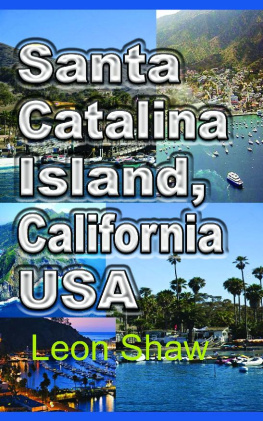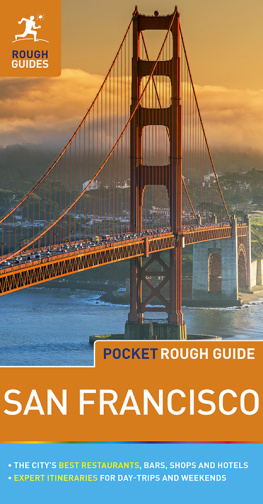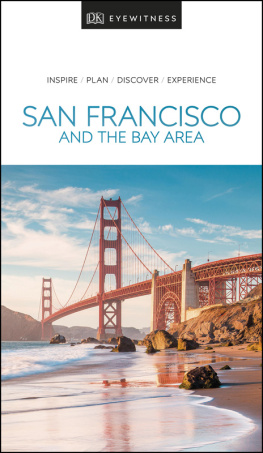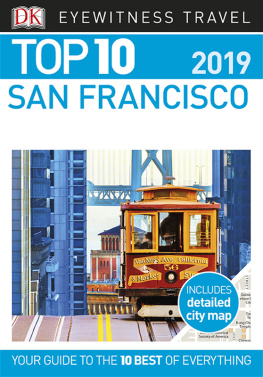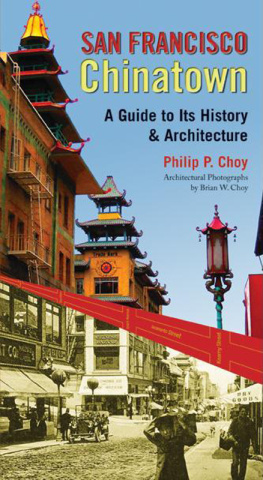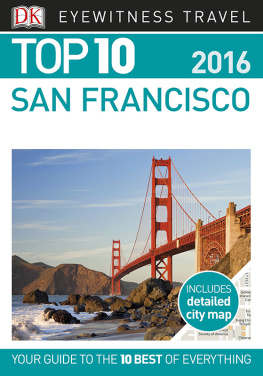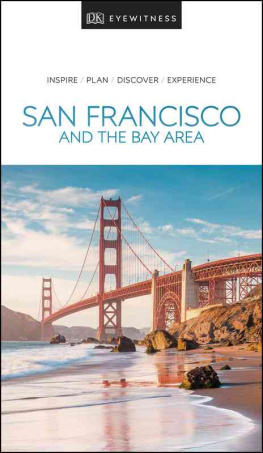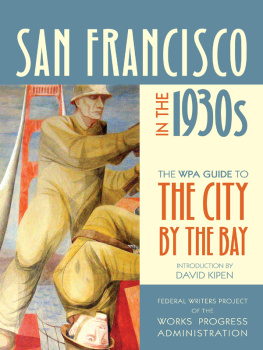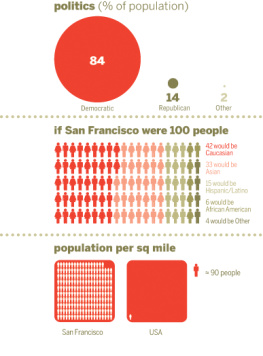Table of Contents
San Francisco Guide, California
Attractions for Tourism, Chinatown Environment
Author
Leon Shaw.
SONITTEC PUBLISHING
All rights reserved. No part of this publication may be reproduced, distributed, or transmitted in any form or by any means, including photocopying, recording, or other electronic or mechanical methods, without the prior written permission of the publisher, except in the case of brief quotations embodied in critical reviews and certain other noncommercial uses permitted by copyright law. For permission requests, write to the publisher, addressed Attention: Permissions Coordinator, at the address below.
Copyright 2019 Sonittec Publishing
All Rights Reserved
First Printed: 2019.
Publisher
SONITTEC
College House, 2nd Floor
17 King Edwards Road
Ruislip, London
HA4 7AE.
Summary
Why Travel and Tourism Is More Important Now Than Ever
I believe that travel expands our minds, broadens our perspectives, and teaches us tolerance to cultures and mentalities that are different from our own. More importantly, travel opens our hearts and makes us more humane and compassionate towards others.
When we travel especially across borders we see that people are fundamentally the same, despite differences in culture, religion or belief. No matter what happens between countries and governments, people are people. We are all searching for the same things: a better life, a better future for their children and more purpose.
Finding Positivity and Hope
Amidst all the negativity surrounding the world these days, we need to find more positivity and hope in our lives. And travel lets you do just that. Travel spreads love and shows us the goodness in people.
Ive lost count of the number of encounters Ive had with people who have touched my heart. Because of this, the importance of travel to me has always been incredibly clear.
Like that time when I lost my wallet in Tirana, Albania and a young man helped me out by lending me some money and making sure I got home safely.
Or the other time when I couldnt find my way out of the maze-like old town of Yadz in Iran, and a middle-aged man kindly gave me a free lift and even invited me to have tea with his wife in their home. And another time when I fell sick while biking around Bagan, Myanmar, and a kind lady who was selling drinks on the streets ushered me straight into her stall and nursed me for hours.
Albania, Iran and Myanmar are all places that many consider dangerous, and yet the people I met there are some of the kindest souls. What we read on the news are just that the news while individual stories are what we really need to hear, and yet they remain untold.
I cannot stress how different the stories on the ground can be to what we see on TV or in the newspapers. I recently traveled to Brussels and Istanbul just a few months after the terrorist attacks. And as I expected, everything actually had returned to normal, besides the few additional security measures. Once again, it goes to show that reality is different from what the media feeds us. So get out there and see for yourself. The world really isnt such a scary place.
The importance of travel is still great
In times of distress like these, we need travel.
We need more love and positivity in this world. We need to unite and stay together, because we are always more powerful as a unit. Theres a need for us to choose good over evil. We need to believe in others and see the beauty in people and the world once again.
If we stop traveling, we stop flourishing. We stop accepting people who are different to us and we stop connecting with the world. Lets break down borders and build bridges that connect all of us because together, we can fight fear by traveling.
Introduction
San Francisco, city and port, coextensive with San Francisco county, northern California, U.S., located on a peninsula between the Pacific Ocean and San Francisco Bay. It is a cultural and financial centre of the western United States and one of the countrys most cosmopolitan cities. Area 46 square miles (120 square km). Pop. (2000) 776,733; San FranciscoSan MateoRedwood City Metro Division, 1,731,183; San FranciscoOaklandFremont Metro Area, 4,123,740; (2010) 805,235; San FranciscoSan MateoRedwood City Metro Division, 1,776,095; San FranciscoOaklandFremont Metro Area, 4,335,391.
Character Of The City
San Francisco holds a secure place in the United States romantic dream of itself a cool, elegant, handsome, worldly seaport whose steep streets offer breathtaking views of one of the worlds greatest bays. According to the dream, San Franciscans are sophisticates whose lives hold full measures of such civilized pleasures as music, art, and good food. Their children are to be pitied, for, as the wife of publishing magnate Nelson Doubleday once said, They will probably grow up thinking all cities are so wonderful. To San Franciscans their city is a magical place, almost an island, saved by its location and history from the sprawl and monotony that afflicts so much of urban California.
Since World War II, however, San Francisco has had to face the stark realities of urban life: congestion, air and water pollution, violence and vandalism, and the general decay of the inner city. San Franciscos makeup has been changing as families, mainly white and middle-class, have moved to its suburbs, leaving the city to a population that, viewed statistically, tends to be older and to have fewer married people. Now more than one of every two San Franciscans is nonwhite in this case African American, East Asian, Filipino, Samoan, Vietnamese, Latin American, or Native American. Their dreams increasingly demand a realization that has little to do with the romantic dream of San Francisco. But both the dreams and the realities are important, for they are interwoven in the fabric of the city that might be called Paradox-by-the-Bay.
Although San Franciscans complain of the congestion, homelessness, and high cost of living that plague the city and talk endlessly of the good old days, the majority still think of San Francisco the way poet George Sterling did, as the cool grey city of love, one of Americas most attractive, colourful, and distinctive places to live.
Landscape
City site
Hilly and roughly square, San Francisco occupies the northern tip of a peninsula. To its south are the bedroom suburbs of San Mateo county, to the east and northeast is the bay, and to the west and northwest lies the Pacific Ocean.
The most prominent of San Franciscos hills are Twin Peaks, Mount Davidson, and Mount Sutro, all of which exceed 900 feet (270 metres) in elevation. The best known are Nob Hill, where the wealthy nobs (nabobs) built extravagant mansions in the 1870s, and Telegraph Hill, which once looked down on the Barbary Coast, a neighbourhood formerly alive with gaudy wickedness. As a result of the pioneer planners prejudice in favour of a squared-off grid, the downtown streets march intrepidly up precipitous slopes, terrifying newly arrived drivers, making the cable cars more than sentimental anachronisms, and providing splendid views of the bay.
San Francisco Bay is a drowned river valley, submerged during the melting of the last glacial ice sheet. Enthusiastic and profitable filling of the tidelands has reduced its area at mean high tide from about 700 square miles (1,800 square km) in 1880 to a mere 435 square miles (1,125 square km). More than half of the bay is still fillable, but in 1965 the state legislature created the Bay Conservation and Development Commission to control further landfill projects. At its widest extent the bay measures 13 miles (21 km) across; its deepest point, 357 feet (109 metres), is in the Golden Gate, a narrow channel between the peninsula and Marin county to the north that connects the bay to the Pacific. The maximum daily flow of water through the Golden Gate into the Pacific is seven times the flow of the Mississippi River at its mouth.


